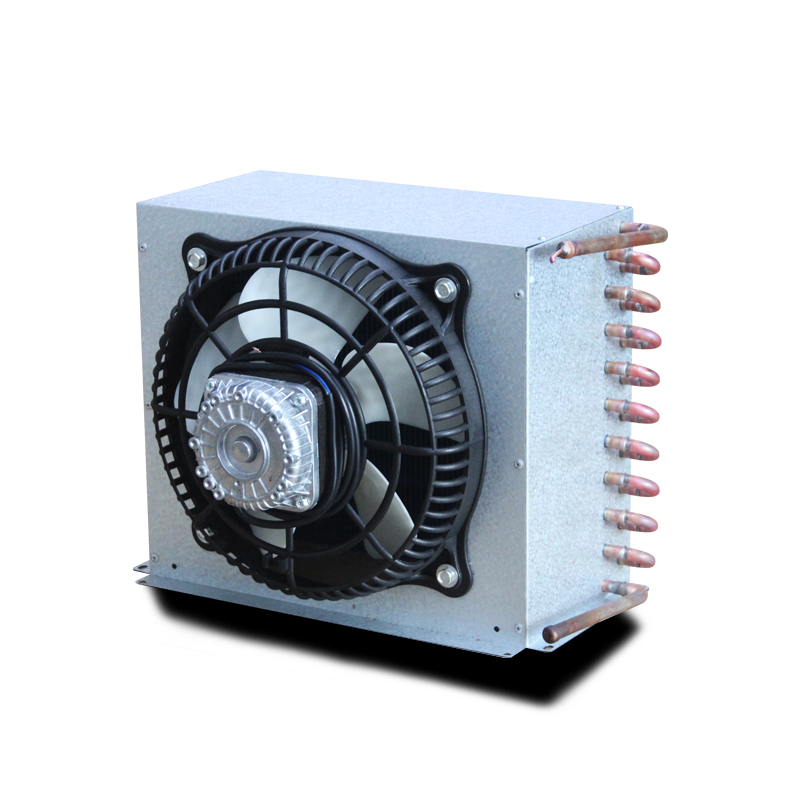The popularity of air-cooled condensers has increased exponentially over the past fifteen years. In Europe, a recent spike in new gas-fired combined-cycle power plants has spurred this growth. While air-cooled condensers are not yet widely used in the United States, their use has skyrocketed in China. Here are some reasons why. Listed below are some of the benefits of air-cooled condensers from Redbowl.
The first phase of an air-cooled condenser is called desuperheating. By the time the vapor enters the condenser, it is already overheated and highly pressurized. This process removes the excess heat and transforms the vapor into a liquid. In a typical air-cooled system, about 10% of the refrigerant is in a liquid form. This is known as subcooling.
Air-cooled condensers are suitable for all standard refrigerants. They can also be modified to meet the Pressure Equipment Directive (PED) regulations. Additionally, they can be customized for high-pressure applications.
The simplest type of air-cooled condenser is the shell-and-tube type. These have tubes inside a long tube. The water absorbs most of the heat from the refrigerant, while the refrigerant is transported in an outer tube. This cooling method relies on natural convection to a certain degree, though the cost and maintenance of double-tube condensers are high.

The capacity of an air-cooled condenser is measured in Total Heat Rejection (THR), which is the sum of the heat energy absorbed by the evaporator and the amount of heat energy added by the compressor. This additional heat energy, known as the "heat of compression", is a variable quantity, and varies with compressor design. To determine the right capacity, consult a condenser manufacturer's selection table.
Air-cooled condensers are very efficient at transferring heat from the refrigerant to the surrounding air. These units usually use copper coils to conduct heat from the refrigerant. Natural convection means that warm air rises and cool air comes from below. This cycle repeats itself until the condensed vapour refrigeration process is achieved. There are several benefits to air-cooled condensers, and a little research is required to determine which type is right for you.
Air-cooled condensers are simpler in construction. There are no pipes to run air to them. Water-cooled systems also offer energy savings and a longer lifespan. They can also be easier to install and maintain than their counterparts. And, unlike water-cooled condensers, they do not have fouling problems. There are few downsides to air-cooled condensers. However, air-cooled systems are typically more expensive than water-cooled ones.
One of the most important benefits of air-cooled systems is their lower initial cost. Though they are less durable than water-cooled units, they require less maintenance than water-cooled systems. Typically, air-cooled systems require maintenance just twice a year, compared to water-cooled systems. Moreover, air-cooled systems don't require a mechanical room. Aside from that, they do not need routine care, which is essential for any HVAC unit.
In comparison, water-cooled condensers use water to remove heat from refrigerant vapor and transfer it to water. This process is referred to as a heat rejection loop. As a result, the heat generated inside the condenser is dispersed to the environment. In a water-cooled chiller, the condenser is attached to a cooling tower, which uses water to cool the gas. The water is then recirculated to the system.

 English
English عربى
عربى Français
Français русский
русский Español
Español 中文简体
中文简体







